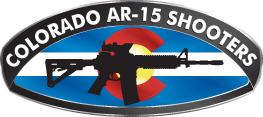Hypothesis 3: The cartridge headspace is out of spec.
Experiment 3a : Check resized military brass and reloaded rounds with Wilson gauge (and a metal straightedge placed across the case head, looking for a "bump" from a too high case or a "gap of light" from a too short case)
Experiment 3b : Measure resized military brass and rounds with Hornady Cartridge Headspace gauge against SAAMI specs. I read them as the cartridge (not chamber) headspace of {1.634" - 0.007"} for a range of 1.627"<= within spec case <=1.634" .
Note: I was measuring the cases of which I previously filed the rims in Experiment 2
Results 3a:
- Most cases were within spec or a little below minimum (will determine amount in EXP. 3b)
- Some cases were within spec or a little above maximum (will determine amount in EXP. 3b)
Results 3b:
- Most cases were within spec or a little below minimum ( cases measured 1.620" - 1.634" )
- Some cases were within spec or a little above maximum (cases measured 1.635" - 1.642" )
- Measured a commercial round at 1.620". I would have expected this to be within spec.
Conclusions 3: Seem to be getting inconsistent cartridge headspacing with my Lee resizing die and my methods of reloading. Can't say for sure it is the die or me (o a little of both), but for sure I need to be very careful here. Having the Wilson gauge will quickly let me identify issues after resizing, providing I check every resized case.





 Reply With Quote
Reply With Quote




